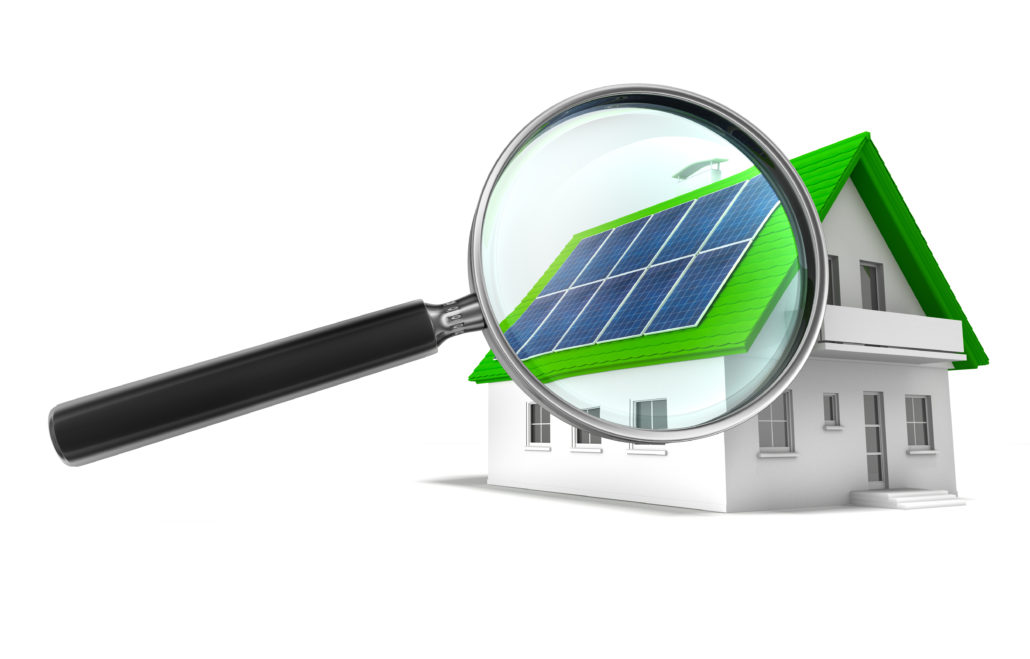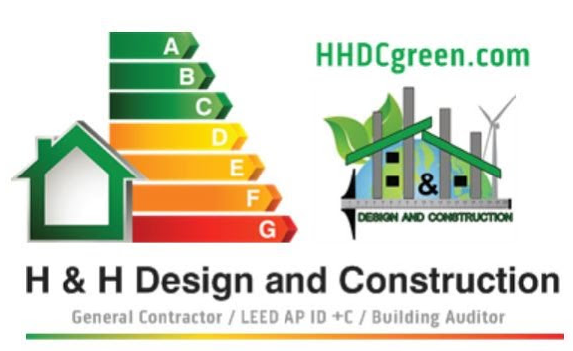 New industry research shows green building’s rapid rise in 19 countries, underscoring value for certification systems like LEED
New industry research shows green building’s rapid rise in 19 countries, underscoring value for certification systems like LEED
WASHINGTON, D.C. – (Nov. 13, 2018) – The U.S. Green Building Council (USGBC) has announced the results of the Dodge Data & Analytics World Green Building Trends 2018 SmartMarket Report, to which USGBC is a contributing partner. Overall, global green building activity continues to rise, with significant increases expected in 19 countries over the next three years. Importantly, nearly half of survey respondents expect that the majority of their projects in the next three years will be green buildings.
“With more and more people demanding and expecting healthier places to live and work, more and more leaders around the globe are committing to green building, which is now a trillion-dollar industry,” said Mahesh Ramanujam, president and CEO of USGBC. “For the last 25 years, LEED has helped transform building practices. It continues to push the top performers, but we know that we can’t leave the other 80-90 percent of buildings behind. We need to get all buildings on a path to sustainability in order to raise the standard of living for all people around the world, regardless of their circumstances. And the results of this study show we are on the right path.”
Two-thirds of the survey participants report that using a rating system like LEED allows them to create a better performing building, and more than half of respondents believe that rating systems provide third party verification that ensures buildings are running in a sustainable manner.
As green building becomes more common, certification becomes more of an expectation in many markets. While client demands and environmental regulations remain top motivators, creating healthier buildings emerged as an important trigger for green building globally. According to the study, improving occupant health ranks first among social drivers for green building, followed by encouraging sustainable business practices and improved worker productivity. The growing importance of occupant health reinforces a recent USGBC survey that found employees working in LEED-certified green buildings were happier, healthier and more productive than those in non-certified or conventional office buildings.
When it comes to benefits, most participants cite occupant health and wellbeing in addition to lower operating costs. As the green building movement has grown, the savings associated with lowering operating costs continues to be a top benefit for owners. Nearly two-thirds of respondents expect to see building operating costs decrease by at least 6 percent within the next 12 months, while more than 80 percent expect this same rate of return in the next five years. As lowering operating costs and occupant health become more widely known and accepted, the value of green buildings increases as well. The percentage of owners reporting that new green buildings have an asset value of more than 10 percent greater than traditional buildings has nearly doubled since 2012. In addition, most architects and contractors recognize that building green creates a higher asset value.
New commercial construction remains the biggest driver of global green building by far, notably in markets like China and the UAE. However, more than 50 percent of respondents from five countries (including the U.S.) say green retrofits are in the pipeline, compared to a 37 percent global average – suggesting that existing buildings and operational benchmarking will provide significant opportunities for growth.
“The future of green building is focused on performance, but as the study shows, most of the time this practice can be limited in scope,” says Ramanujam. “There has been no increase in the use of metrics to track performance in the last three years, and now there is no excuse for it. It is not enough to demonstrate leadership at a point in time. We want all green buildings to continue to demonstrate leadership long after they are constructed and occupied. That is why USGBC has been laser-focused on bringing building performance benchmarking tools like Arc and LEED v4.1 to market: to make it easier for all projects to take strides toward improving the health and well-being of the people who occupy them every day.”
In 2016, Green Business Certification, Inc. (GBCI), the certifying body for LEED projects globally, created Arc, a digital performance platform that benchmarks, tracks and measures building activity across energy, waste, water, transportation and the human experience. Currently, Arc is tracking performance for 1.5 billion square feet of space across 80 countries. The emergence of tools like Arc underscores the growing importance technology is playing in green building, particularly when it comes to understanding energy performance and occupant impact.
Additionally, the recent launch of LEED v4.1 offers projects yet another way to continue to drive performance on the path toward LEED certification. Today, there are more than 94,000 commercial projects participating in LEED across the globe, with 2.2 million square feet of building space becoming LEED-certified every day.
The study was conducted in 86 countries and surveyed 2,000 building professionals including architects, contractors, consultants, developers, engineering firms and investors. Adjustments to the methodology for respondent recruitment resulted in a more balanced share of participants who belong to Green Building Councils, compared to previous years.
###

 As more and more people in South Florida are using the PACE program to retrofit their property and make it more efficient and sustainable, one of the most frequent questions I get asked all the time is how do they really know if value of their property will increase with the new transformation?
As more and more people in South Florida are using the PACE program to retrofit their property and make it more efficient and sustainable, one of the most frequent questions I get asked all the time is how do they really know if value of their property will increase with the new transformation?